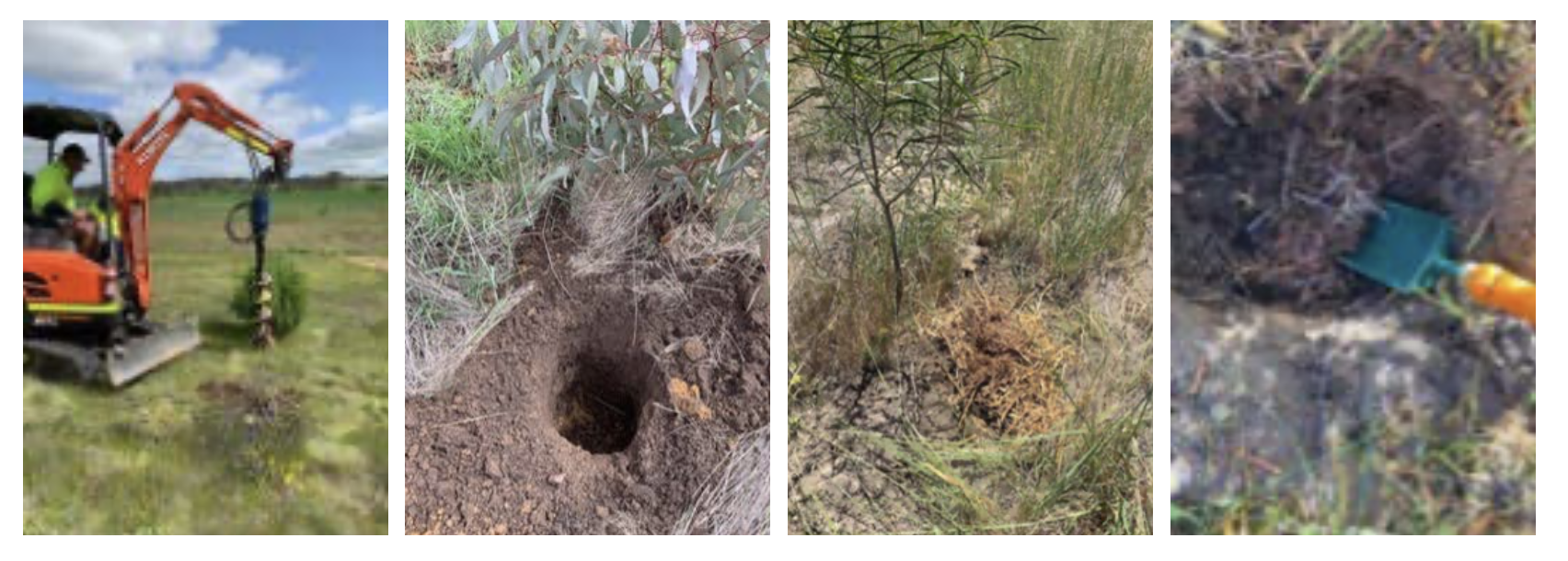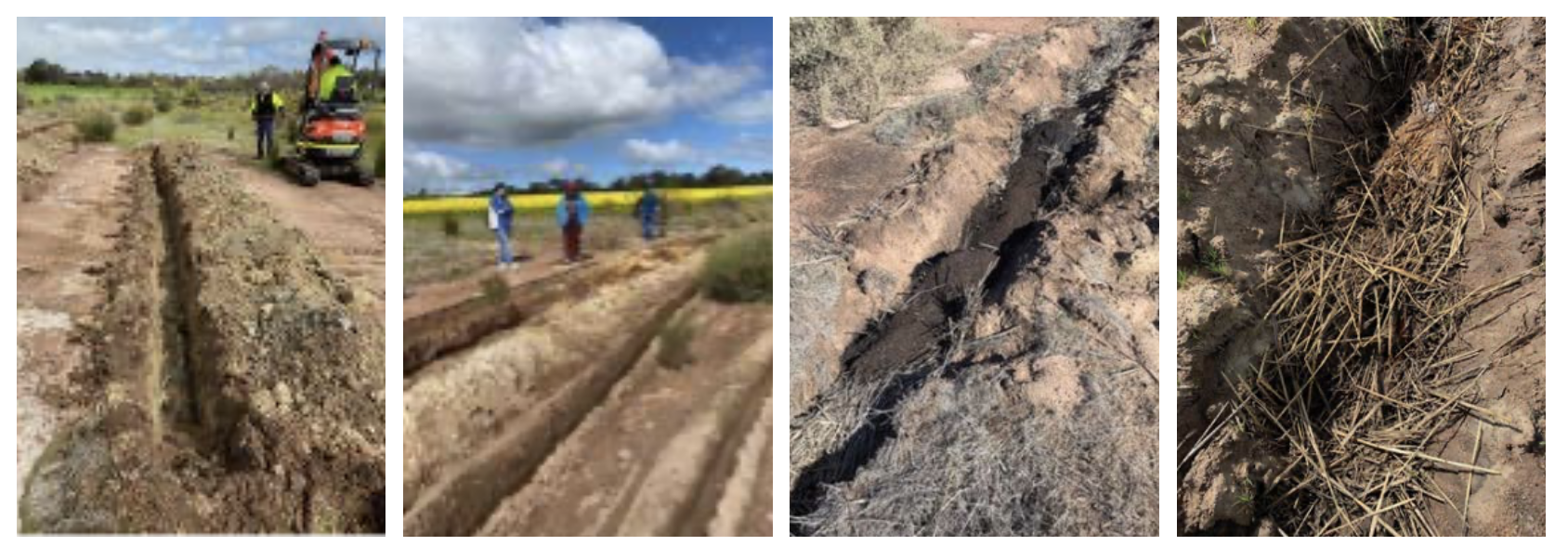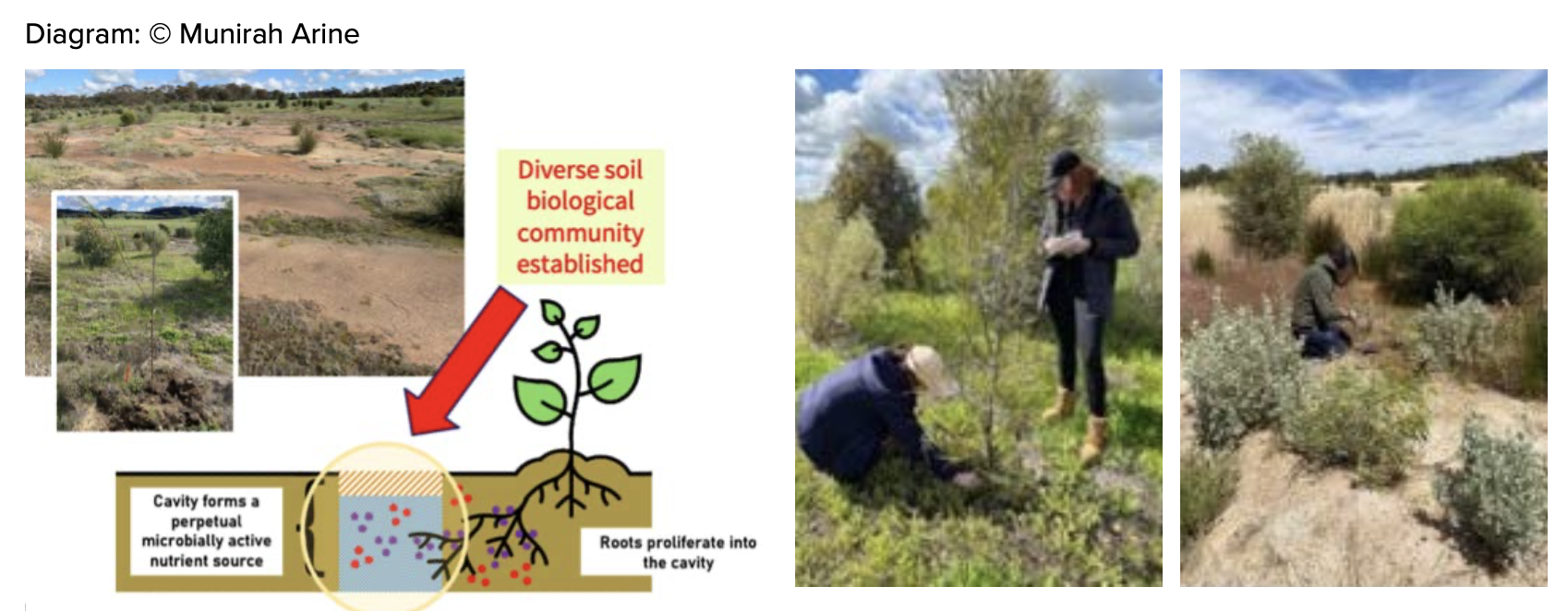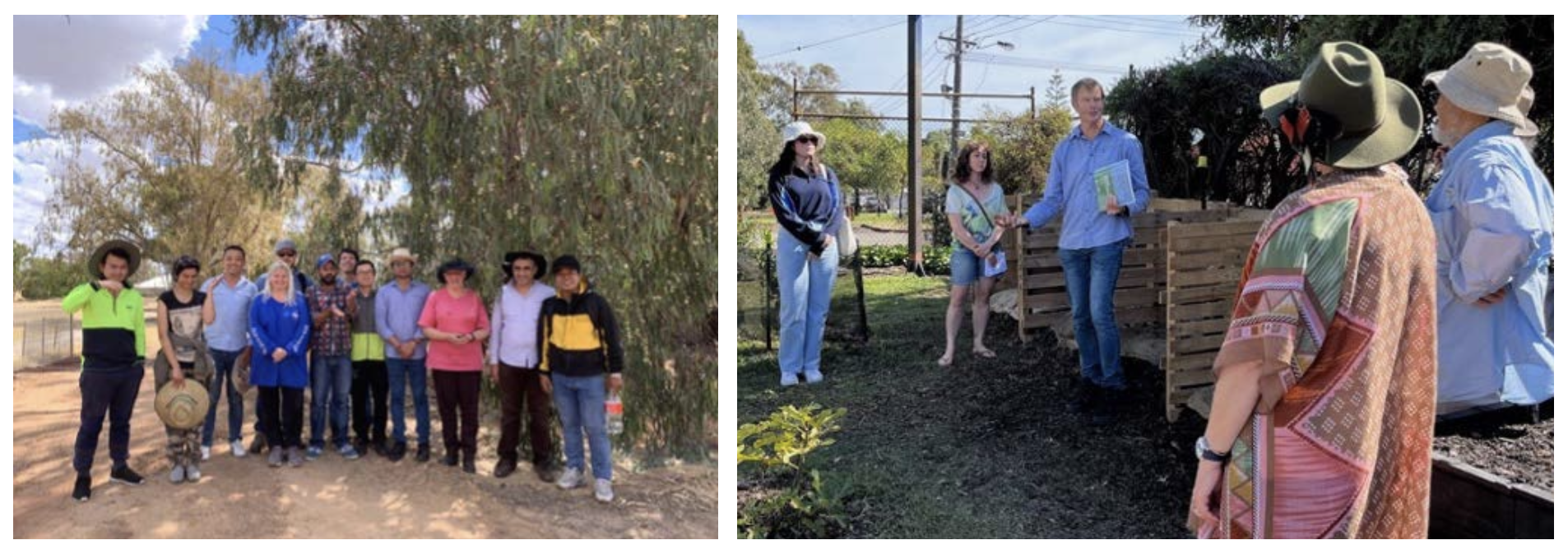A soil health initiative for revegetation and orchards – Open Access Government

Innovative Soil Health Initiative for Revegetation and Orchards at The University of Western Australia
Introduction to Soil Health and Sustainable Development Goals (SDGs)
Lynette Abbott from The University of Western Australia has highlighted a pioneering soil health initiative aimed at improving revegetation and orchard productivity. This initiative aligns closely with the United Nations Sustainable Development Goals (SDGs), particularly SDG 2 (Zero Hunger), SDG 12 (Responsible Consumption and Production), SDG 13 (Climate Action), and SDG 15 (Life on Land), by promoting sustainable land management, enhancing soil biodiversity, and supporting ecosystem restoration.
Overview of the Soil Health Initiative
The project utilizes strategic placement of biological amendments derived from waste nutrient resources within permeable biomass wells and walls. These structures improve the establishment of trees and shrubs during the restoration of degraded vegetation on farms and in orchards, thereby enhancing soil health through biological processes.
Field Demonstration at UWA Farm
The initiative was demonstrated at The University of Western Australia’s farm located in the grainbelt east of Perth, Western Australia. The trial showcased the up-scaling of novel soil restoration practices initially developed near Brookton, Western Australia. Key outcomes include:
- Restoration of degraded farmland areas by improving soil health.
- Acceleration of restoration in salt-affected soils.
- Reduction of erosion and improvement in seedling establishment.
The site was established on degraded pasture previously planted with Australian native species under the Australian Government’s 20 Million Trees program, supporting SDG 15 (Life on Land).
Novel Components of the Demonstration
- Permeable Biomass Wells: Post-hole structures adjacent to previously planted shrubs filled with biological amendments.
- Permeable Biomass Walls: Trenches in severely degraded areas where prior shrub establishment failed, filled with biological amendments.
Both components utilize local waste biological resources, contributing to the circular economy (SDG 12) by reusing carbon-based materials such as compost, biochar, straw, worm juice, and wood vinegar.
Technical Details of the Soil Health Structures
Permeable Biomass Wells
These wells, approximately 40 cm deep, serve as nutrient resource pools accessible by roots of adjacent trees and shrubs. The biological amendments stimulate soil organisms—including earthworms, fungi, and bacteria—enhancing nutrient availability and supporting plant productivity. This targeted approach avoids the inefficiencies of applying organic materials beyond root reach.

Permeable Biomass Walls
These trenches are approximately 40 cm deep and 150–200 cm wide, extending up to 20 meters or more depending on site requirements. Positioned perpendicular to slopes or drainage lines, they intercept surface and subsurface water flows, particularly from saline seeps. Filled with organic waste materials, they promote root growth and soil organism communities, improving soil structure and water retention—critical for adapting to reduced rainfall due to climate change (SDG 13).

Benefits and Environmental Impact
- Improved soil health and biological activity.
- Enhanced water retention in sandy soils.
- Rehabilitation of saline-alkaline soils, enabling establishment of saltbush and other native plants.
- Prevention of soil erosion and land degradation, supporting SDG 15.
- Promotion of biodiversity through increased soil fauna and flora diversity.

Community Engagement and Capacity Building
The project received funding from the Australian Government’s National Landcare Program: Smart Farms, which supports sustainable land management and capacity building (SDG 17 – Partnerships for the Goals). Activities included:
- Field days involving local farmers, landcare advisors, and natural resource management groups.
- Engagement of university and school students in soil health monitoring and environmental education.
- Promotion of knowledge sharing and adoption of sustainable practices.

Extension to Urban Environments
The soil health concepts have been successfully adapted for urban settings through the My Healthy Soils Project by Transition Town Vincent. This initiative applies biochar permeable reactive barriers in community food forests and urban gardens to enhance water and nutrient management, supporting urban sustainability and SDG 11 (Sustainable Cities and Communities).
Conclusion
This innovative soil health initiative demonstrates a scalable and sustainable approach to restoring degraded lands and improving orchard productivity. By integrating biological amendments and permeable biomass structures, the project supports multiple SDGs, including sustainable agriculture, climate resilience, biodiversity conservation, and community engagement. The success at UWA Farm and its extension to urban environments highlight the potential for widespread adoption of these practices.
Acknowledgements
The initiative builds upon earlier ecological restoration work by Karry Fisher-Watts and Barry Watts at Treōwstede, Brookton WA. Funding was provided by the Australian Government’s National Landcare Program: Smart Farms. Contributions were made by Dr Sasha Jenkins, Ian Waite, Cassie Howell, Dr Zakaria Solaiman, and Wheatbelt NRM.
Reference
Howell CR, Jenkins SN, Abbott LK and Mickan BS (2024) Amelioration of a saline-alkaline soil using biochar and compost: Impacts on plant growth, soil biological and chemical characteristics. Land Degradation and Development 35, 142-155. https://doi.org/10.1002/ldr.4905
1. Sustainable Development Goals (SDGs) Addressed or Connected
- SDG 2: Zero Hunger
- Improving soil health and restoration of degraded farmland supports sustainable agriculture and food production.
- SDG 12: Responsible Consumption and Production
- Use of biological amendments derived from waste nutrient resources promotes circular economy and sustainable resource management.
- SDG 13: Climate Action
- Improving soil health and water retention helps adapt to climate change impacts such as reduced rainfall.
- SDG 15: Life on Land
- Restoration of degraded land, prevention of erosion, and enhancement of biodiversity in soil and plants.
- SDG 17: Partnerships for the Goals
- Collaboration between universities, government programs, community groups, and land managers.
2. Specific Targets Under Those SDGs Identified
- SDG 2: Zero Hunger
- Target 2.4: By 2030, ensure sustainable food production systems and implement resilient agricultural practices that increase productivity and production.
- SDG 12: Responsible Consumption and Production
- Target 12.5: By 2030, substantially reduce waste generation through prevention, reduction, recycling and reuse.
- SDG 13: Climate Action
- Target 13.1: Strengthen resilience and adaptive capacity to climate-related hazards and natural disasters in all countries.
- SDG 15: Life on Land
- Target 15.3: By 2030, combat desertification, restore degraded land and soil, including land affected by desertification, drought and floods, and strive to achieve a land degradation-neutral world.
- Target 15.5: Take urgent and significant action to reduce the degradation of natural habitats, halt the loss of biodiversity.
- SDG 17: Partnerships for the Goals
- Target 17.17: Encourage and promote effective public, public-private and civil society partnerships.
3. Indicators Mentioned or Implied to Measure Progress
- Soil Health Indicators
- Biological activity in soil (presence and proliferation of earthworms, fungi, bacteria, and other soil fauna).
- Soil chemical characteristics such as salinity and alkalinity levels.
- Soil structure improvements (reduction in hard-setting soil).
- Water retention capacity of soil after rainfall.
- Vegetation and Biodiversity Indicators
- Establishment and survival rates of trees and shrubs (e.g., saltbush seedlings).
- Increase in native plant biodiversity and soil biodiversity.
- Land Degradation and Erosion
- Reduction in soil erosion and degradation in treated areas.
- Community and Capacity Building
- Number of field days, participation of local farmers, students, and community groups.
- Adoption of sustainable land management practices by land managers and urban community groups.
4. Table of SDGs, Targets and Indicators
| SDGs | Targets | Indicators |
|---|---|---|
| SDG 2: Zero Hunger | Target 2.4: Sustainable food production systems and resilient agricultural practices. |
|
| SDG 12: Responsible Consumption and Production | Target 12.5: Reduce waste generation through recycling and reuse. |
|
| SDG 13: Climate Action | Target 13.1: Strengthen resilience and adaptive capacity to climate-related hazards. |
|
| SDG 15: Life on Land |
|
|
| SDG 17: Partnerships for the Goals | Target 17.17: Promote effective public, private and civil society partnerships. |
|
Source: openaccessgovernment.org








